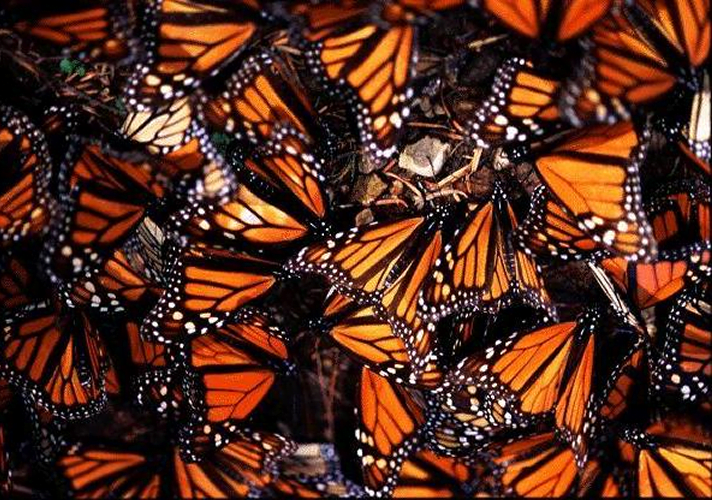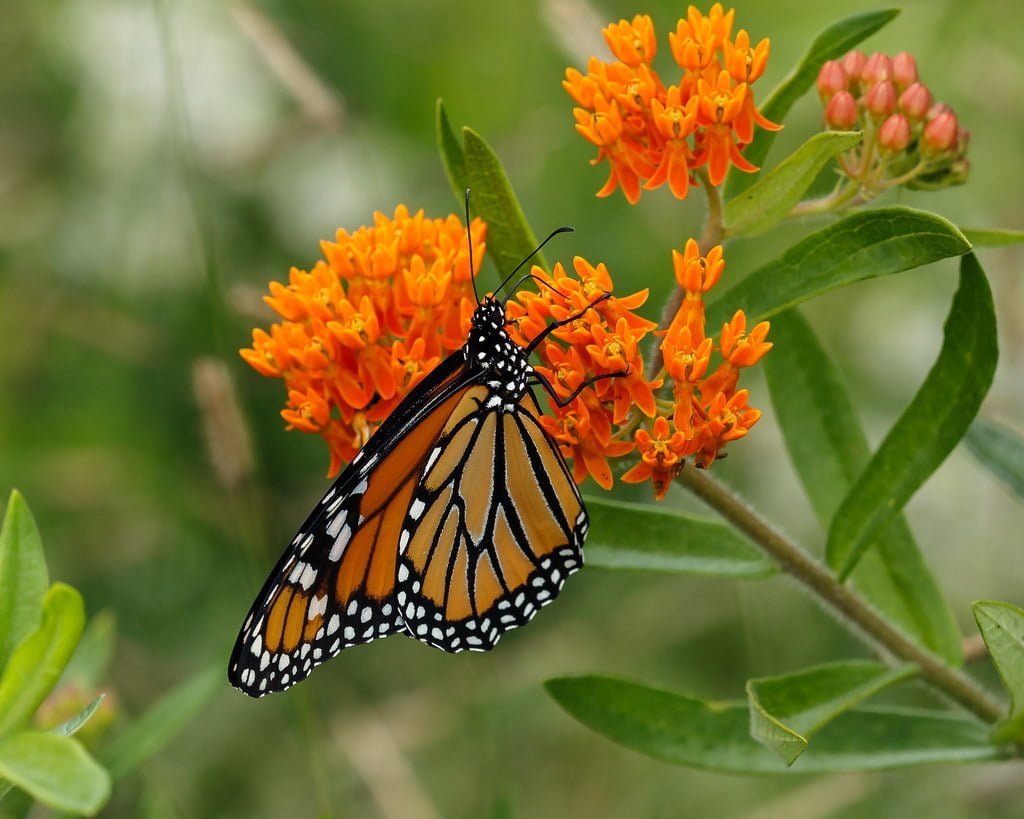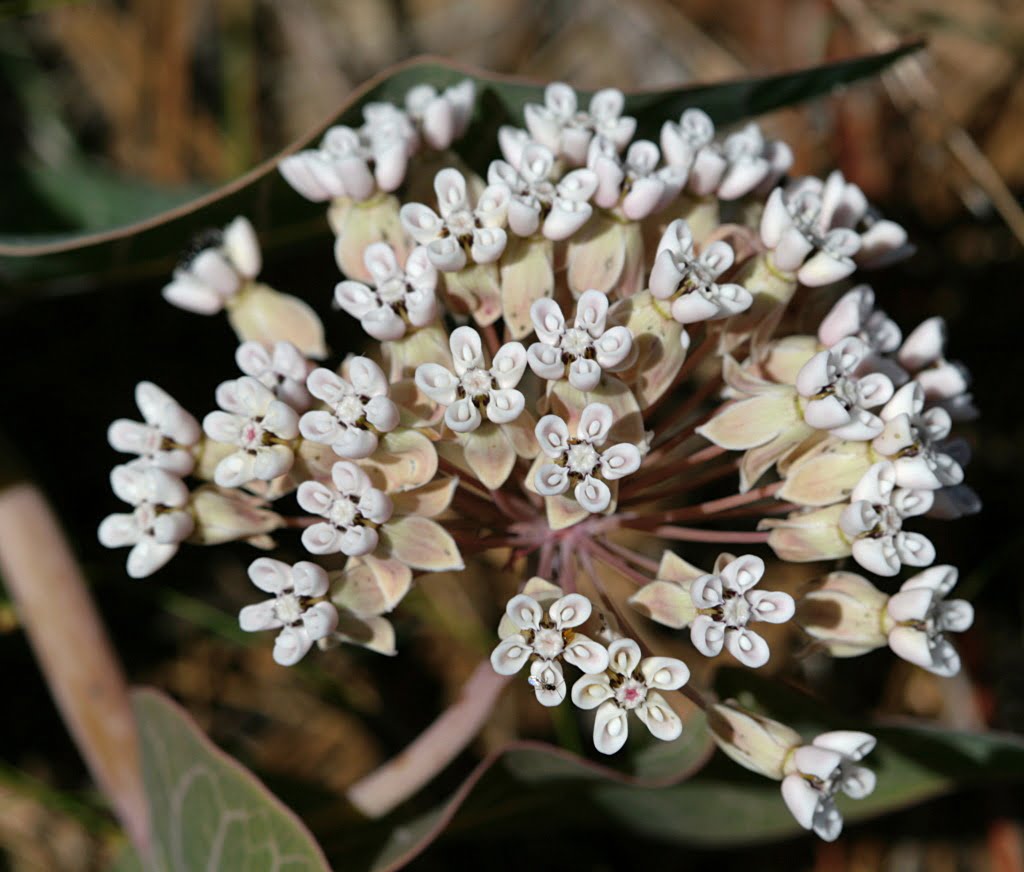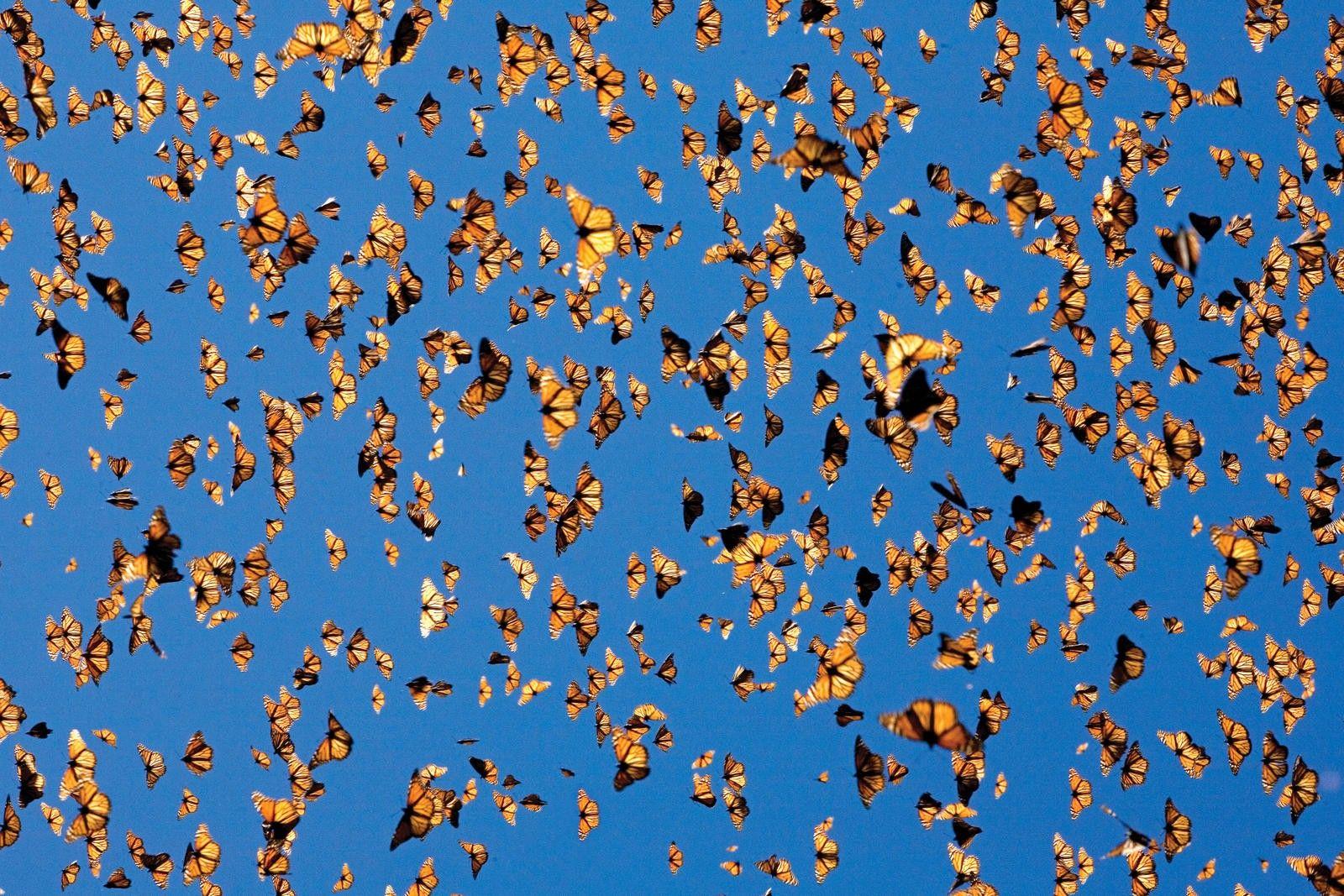The Monarch butterfly (Danaus plexippus) has long been admired for its striking beauty and incredible migratory journey. Sadly, the number of these remarkable creatures is dwindling, and the answer to their survival may be as simple as Planting More Milkweed. Let’s explore the current state of the Monarch butterfly population and how we can all play a part in their conservation.

Monarch Butterflies: A Declining Population
The Monarch butterfly population has experienced a significant decline in recent years. The reasons behind this reduction are complex, involving habitat loss, climate change, and the use of pesticides. However, one key factor stands out: the decline of Milkweed.
The Importance of Milkweed
Milkweed is not just any plant for the Monarch butterfly; it’s a lifeline. Monarch caterpillars feed exclusively on milkweed leaves, which contain compounds that make them toxic to potential predators. Without milkweed, Monarch butterflies cannot reproduce, and their population declines.
Unfortunately, urbanization, agricultural practices, and other human activities have led to the reduction of Milkweed across North America. The result? Not as many Monarch butterflies as there would be if we would just “Plant More Milkweed.”
Planting Milkweed: A Simple Solution
Planting more milkweed is a tangible and effective way to support the Monarch butterfly population. Here’s how:
1. Choose Native Milkweed: Selecting native milkweed species for your region ensures that you are providing the best food source for local Monarch caterpillars.

Butterfly Milkweed Seeds (Asclepias Tuberosa) for North America
More than 50 Orange Butterfly Milkweed Seeds (Asclepias tuberosa) originating from tobacco country for most of North America.
2. Create a Monarch-Friendly Habitat: Incorporating Milkweed into gardens, parks, and other green spaces creates essential breeding and feeding grounds.
3. Avoid Pesticides: Pesticides can harm Monarch butterflies and other pollinators. Using organic gardening practices helps protect these vital insects.
Join the Movement

10 Sandhill Milkweed Seeds Ascslepias Humistrata Pinewood Milkweed Florida-Native
With Johnny Butterflyseed’s Sandhill Milkweed seeds, you’re not just planting flowers; you’re cultivating a living mosaic of nature’s marvels. 10+ Florida Native seeds.
Organizations, governments, and individuals across North America are rallying to plant more milkweed and create Monarch-friendly habitats. You can join this movement by planting milkweed in your garden, participating in community planting events, or supporting conservation efforts.
Conclusion: Every Plant Counts
The Monarch butterfly’s decline is a concerning ecological issue, but it’s one that we can all help address. By planting more Milkweed and creating butterfly-friendly environments, we can support these beautiful insects and ensure that their migratory journey continues for generations to come.
Remember, the number of Monarch butterflies remaining is not as many as there would be if you would “Plant More Milkweed.” So grab some seeds, find a sunny spot, and take a small but meaningful step towards conserving one of nature’s most extraordinary creatures. 🦋🌱

The Adventures of Johnny Butterflyseed – Author Signed First Edition Children’s Book
Save the monarchs!
Johnny Butterflyseed and his fairy friend, Raven Silverwing, embark on a mission to save the rapidly disappearing butterflies. They enlist the help of Queen Venus Goldwing and her kingdom of monarchs to educate and inspire kids to become butterfly farmers. At first, Johnny faces his own internal struggle with self-doubt and fear in his ability to make a difference, but then soon develops a mindset that allows him to not only get started, but also make progress one day at a time. Through challenge after challenge, Johnny learns that he is not alone in his mission and that there are many people who want to help. Together, Johnny, Raven, and Queen Venus educate thousands of children on becoming butterfly farmers.
